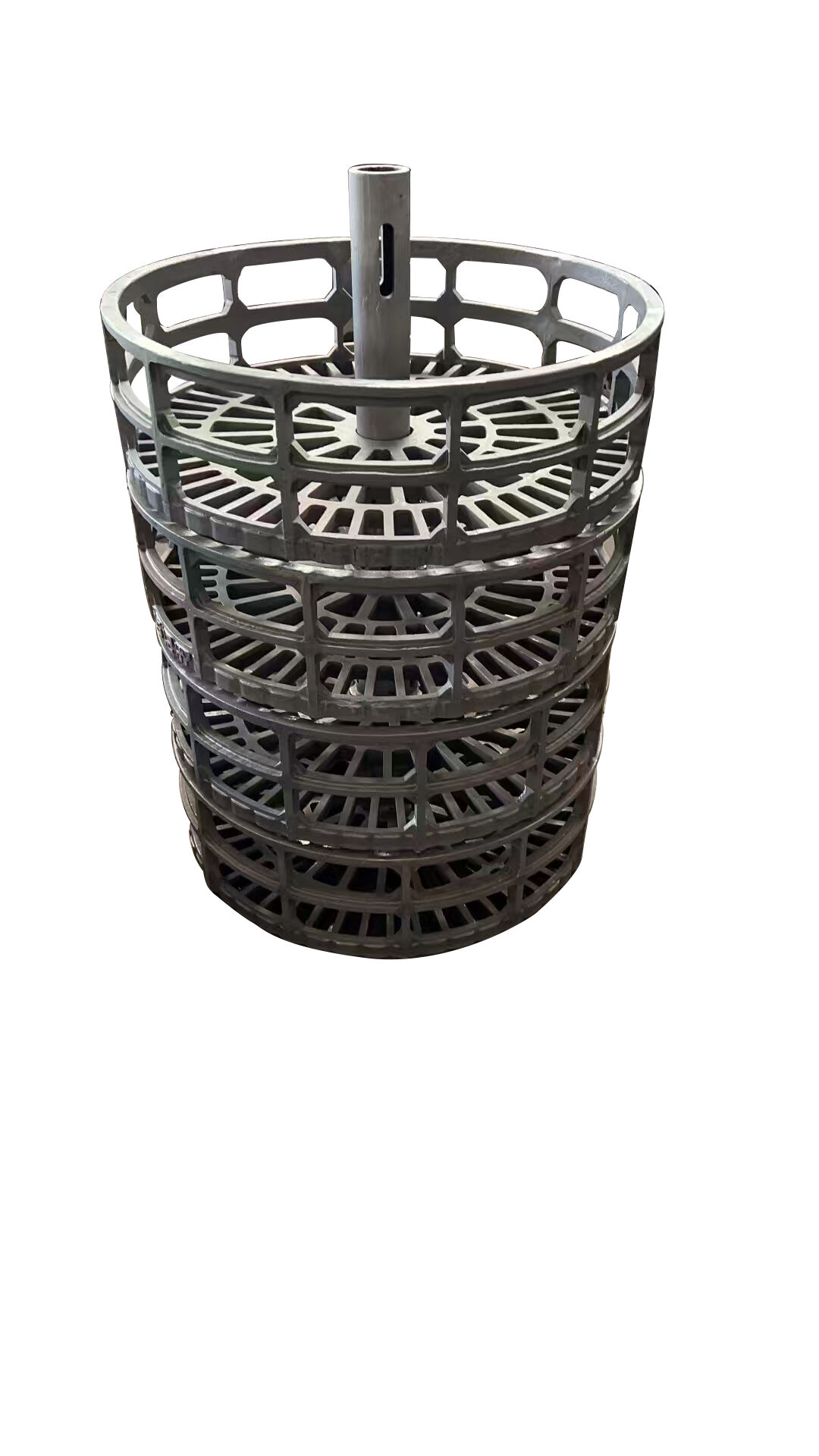Cost-Effective Production and Material Efficiency
Steel precision casting offers remarkable cost advantages, particularly in medium to high-volume production scenarios. The process minimizes material waste compared to subtractive manufacturing methods, as it produces near-net-shape components that require minimal machining. This efficiency extends to both material utilization and production time, resulting in significant cost savings. The initial investment in tooling and pattern making is offset by reduced labor costs, decreased material waste, and minimal secondary operations. Additionally, the process's ability to produce complex components in a single piece eliminates the need for multiple manufacturing steps and assembly operations, further reducing production costs and improving overall efficiency. This cost-effectiveness, combined with consistent quality and reduced rejection rates, makes precision casting an economically advantageous choice for manufacturers.
